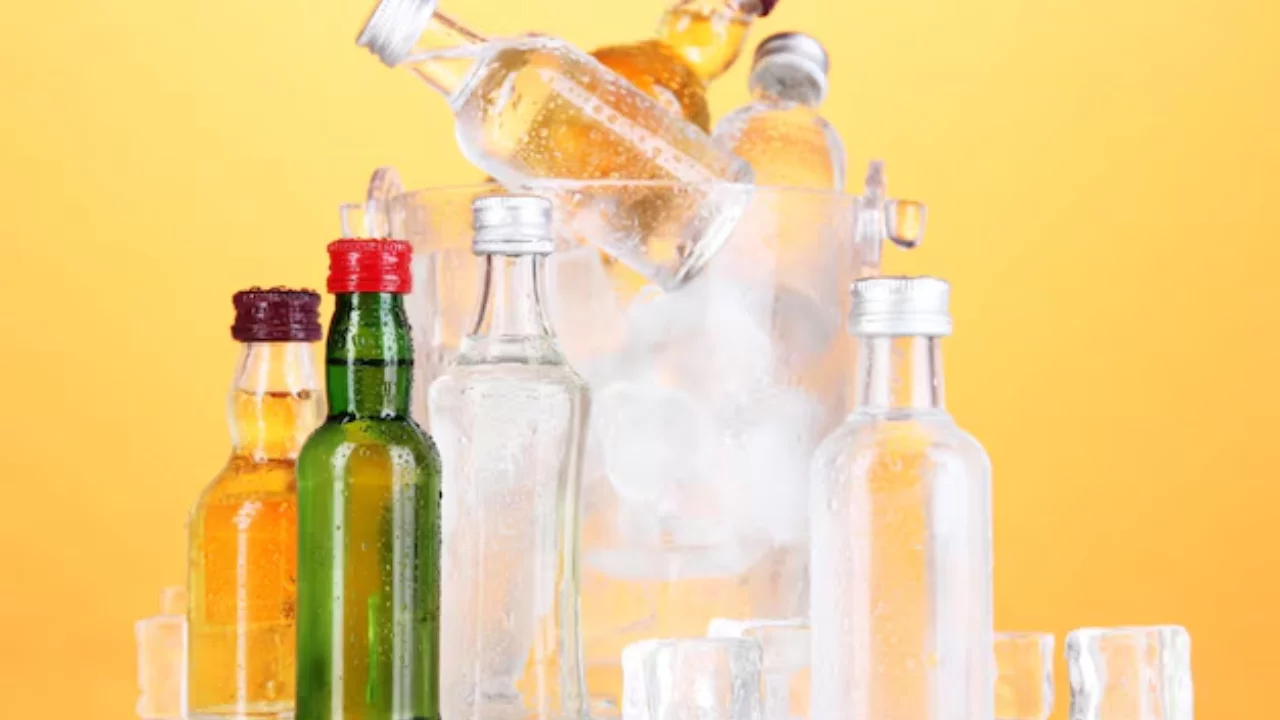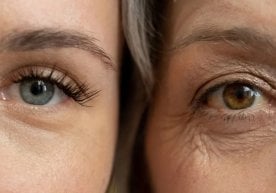
A recent scientific study conducted by the French Food Safety Agency (ANSES), which caused wide public debate, has turned into a sensation. It turned out that water and various drinks sold in glass bottles, which consumers thought were healthy and clean, actually contain much more microplastic particles than those in plastic bottles.
After ANSES's scientific work was published in the Journal of Food Composition and Analysis, discussions on social networks have been increasing both in Europe and around the world. Scientists found that tiny, mostly invisible plastic particles enter the human body not only with drinks but also through breathing air and with food.
Which container contains more microplastics?
According to the research, non-alcoholic drinks, lemonade, beer, and similar products in glass bottles contain about 100 microplastic particles per liter on average. This indicator is 5–50 times higher than the amount in plastic or metal containers. According to the head of the scientific group, doctoral student Iseline Chaib, this result was unexpected, and in most of the studied samples, the microplastic entered the container through the paint on the glass bottle caps.
Scientists found that the paint on the caps has invisible scratches, and during storage and transportation, friction transfers microplastics into the water. This sharply increases the amount in glass containers.
Analytical numbers and main conclusion:
- Still and carbonated water: 4.5 particles per liter in glass bottles, up to 1.6 particles in plastic.
- Non-alcoholic drinks contain about 30 microplastics per liter, lemonade 40, and beer about 60 particles.
At the moment, there is no clear scientific conclusion on how dangerous these amounts are to human health, but scientists do not rule out that this problem may affect public health in the future.
What solutions are being proposed?
Manufacturers and experts emphasize the need to introduce cleaning and disinfection methods for glass bottle caps. For example, washing the caps with water, alcohol, or air reduces microplastic contamination by 60 percent.
Analytical conclusion of the Zamin.uz editorial board:
The microplastic problem is a new threat facing humanity. For consumers who consider water and other drinks in glass bottles to be healthy, these research results are a reason for serious reflection. In the coming years, this area is expected to be studied even deeper, and new standards will be introduced. Read “Zamin” on Telegram!
Ctrl
Enter
Found a mistake?
Select the phrase and press Ctrl+Enter Related news
Information
Users of Меҳмон are not allowed to comment this publication.
Users of Меҳмон are not allowed to comment this publication.














